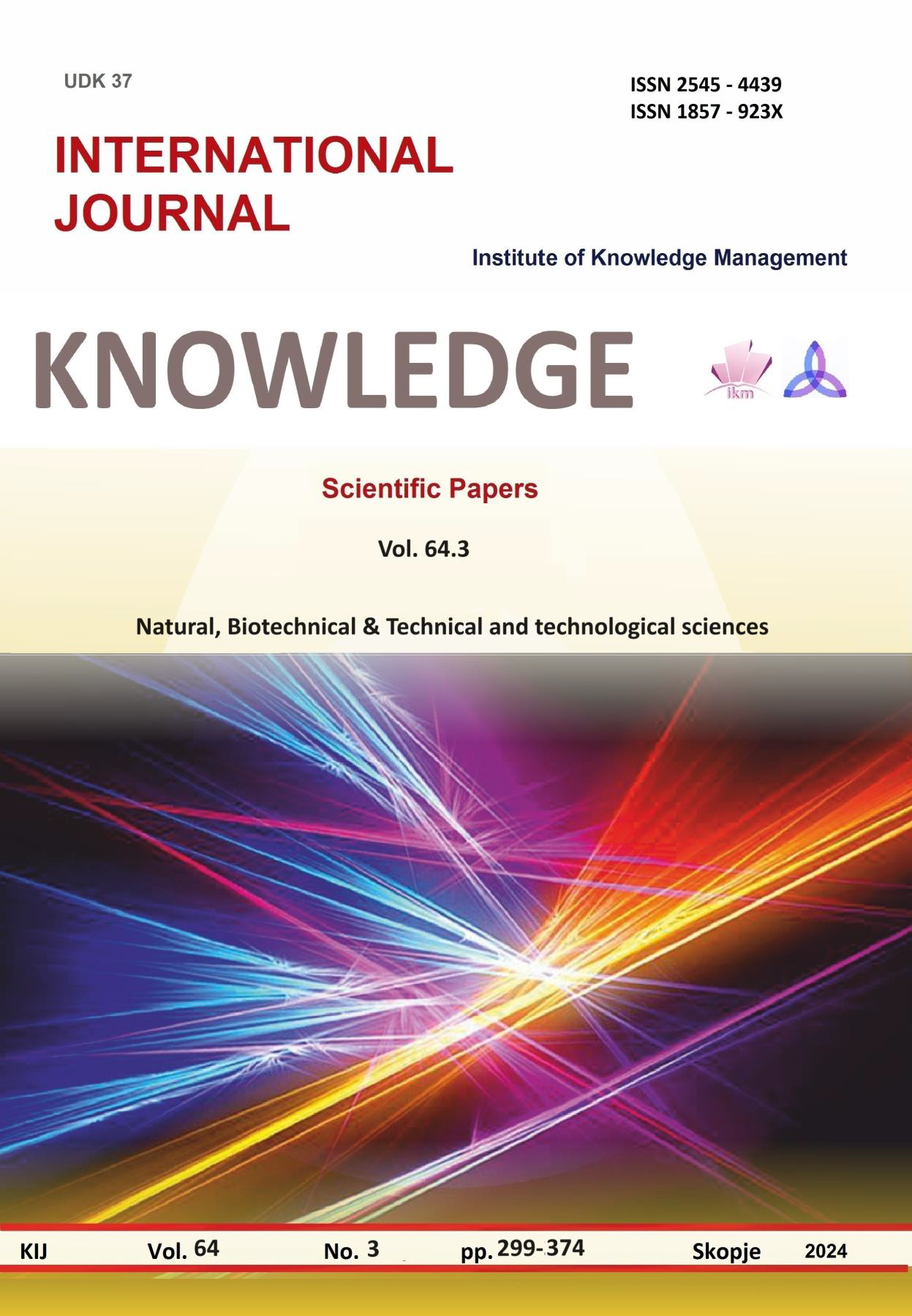OPTIMIZING THE ORDER DISTRIBUTION IN THE CITY OF TETOVO USING DIJKSTRA’S ALGORITHM
OPTIMIZING THE ORDER DISTRIBUTION IN THE CITY OF TETOVO USING DIJKSTRA’S ALGORITHM
Author(s): Miranda Xhaferi, Elvir IljaziSubject(s): Transport / Logistics
Published by: Scientific Institute of Management and Knowledge
Keywords: Dijkstras’s Algorithm;order distribution;optimization;graph;road network
Summary/Abstract: The major concerns of e-commerce are the optimization of order dispatch operations and delivery time prediction. Finding the optimal path is considered an important problem in logistics systems. Efficient order distribution is crucial for enhancing logistic operations, especially in urban environments like the city of Tetovo. Therefore, proper prediction and optimization for delivery operations are required for optimal logistics management. This study proposes a novel approach to optimize order distribution utilizing Dijkstra’s Algorithm, a well-established method in graph theory and network analysis. To ensure better visibility of the logistics activities and avoid possible obstacles it is suitable to adopt a graph-based method. By modeling Tetovo city’s road network as a graph, with intersections as nodes and roads as edges, the algorithm calculates the shortest paths between various distribution points, such as warehouses and delivery destinations. From the drop points, we will get the information and data about the delivery address, weight of goods packages, and number of customer packages carried by a courier in one delivery transfer by truck delivery logistics. In the meantime, the data about the distance from the distribution points to the delivery destinations will be obtained from the Open Street Maps applications. All the data above will be used to construct a connected weight graph as an initial model graph. Using a methodology based on Dijkstra’s Algorithm, we will determine the shortest or fastest route for delivery service in logistics distribution. By denoting the location of a drop point as a starting point of the route and the road connecting two locations as an edge where the distance traveled from the drop point to the customers or from one customer to another will represent the weight in the graph, we can apply the Dijkstra’s algorithm to optimize the mileage of the delivery packages. The optimization process aims to reduce delivery time and minimize costs while maximizing resource utilization and customer satisfaction. The implementation of Dijkstra’s Algorithm in this context involves factors like traffic congestion, road conditions, and delivery priorities. This algorithm works by finding the lowest cost path with various costs associated with the edges enabling the most efficient way of completing an order within a factory or warehouse. We represent a JavaScript implementation of this algorithm. Through simulation and empirical validation, the proposed approach demonstrates significant improvements in order distribution efficiency compared to traditional methods. This research contributes to the advancement of logistic optimization techniques and provides practical insights for enhancing urban delivery systems in the city of Tetovo and similar metropolitan areas.
Journal: Knowledge - International Journal
- Issue Year: 64/2024
- Issue No: 3
- Page Range: 361-366
- Page Count: 6
- Language: English

